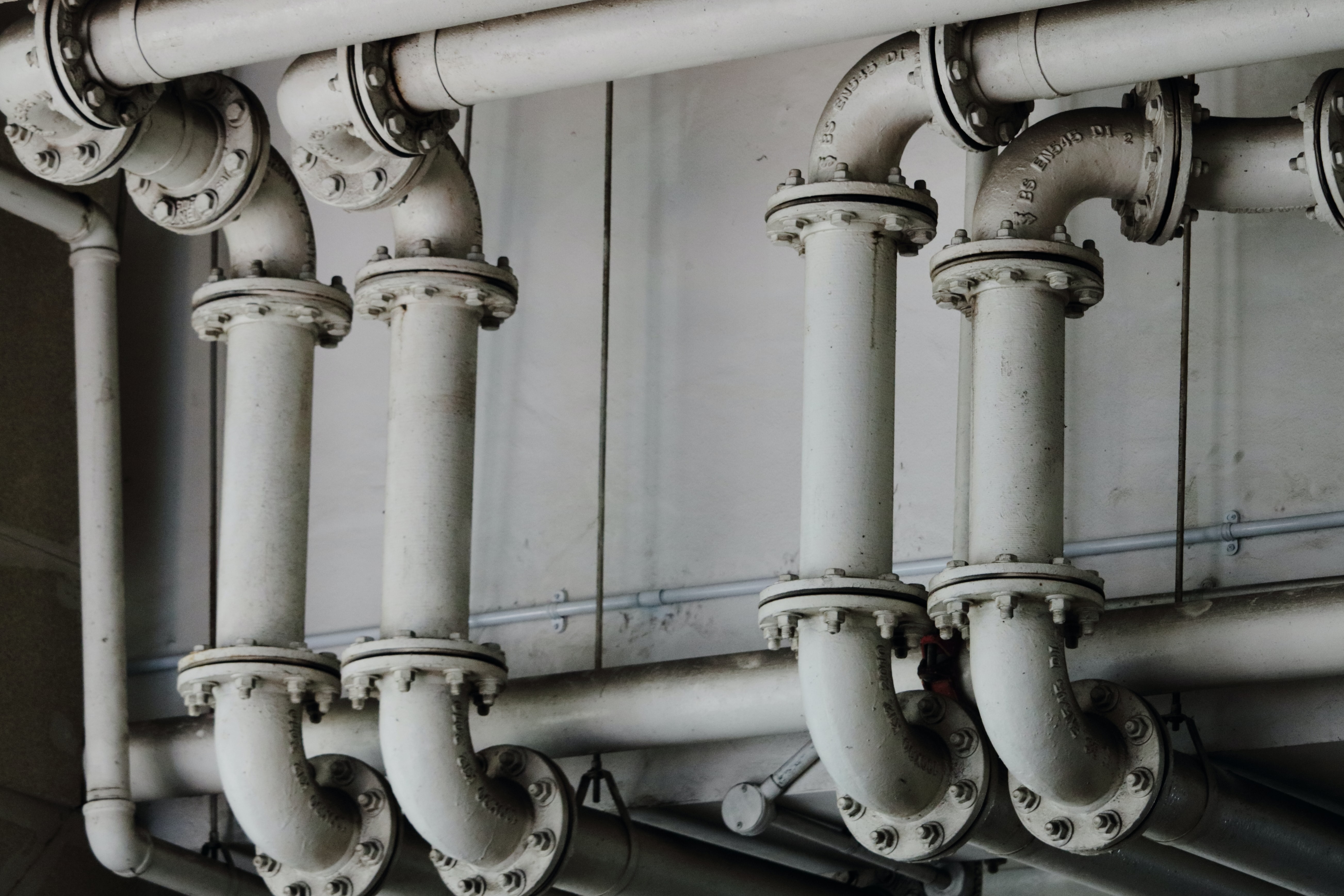Engaging Safely with our Surroundings

May 27, 2020
From opening up our campus buildings, to cleaning our homes, and to preparing to jump into our pools and lakes for the first time, affiliates of the Center for the Environment have been on hand on local and national levels to provide guidance, appease jitters and help us all adapt to our ‘new normal’ for summer 2020 and beyond. For example, Andrew Whelton, Associate Professor of Civil Engineering and Environmental and Ecological Engineering, has spent his time lately worrying about our empty buildings and potentially contaminated pipes. More specifically, the water in dormant plumbing of offices, gyms, restaurants and schools could house increased levels of pathogens and heavy metals. As he and his team note, while general recommendations suggest a five-to-ten minute flush of a system will clear it, larger building may need to flush waters for over a day. Dangers can come from two categories of sources; first, unused devices such as filters, water heaters and water softeners; second, standing water in pipes may accumulate unsafe levels of metals such as lead and copper as well as being a source for bacteria such as Legionella pneumophila, the bacteria can cause Legionnaires’ disease, a respiratory condition. As noted in a recent New York Times article on the subject, a small outbreak can sicken a large number of people and, as post-doctoral researcher Caitlin Proctor, who works with Whelton, added, “Covid patients and survivors could be more vulnerable to this, so when they go back to work we might be concerned about another infection.” As the team notes on their website, there are no government or industry standards for returning plumbing for large buildings to safe use after COVID-19 caused shutdowns, so their work and recommendations can serve as an important resource for public health officials, building owners, and water utilities so they can better understand building water quality due to low or no occupancy in buildings. The team’s findings and recommendations are available as a pre-print article and take-ways are summarized on their site. Whelton, along with two co-PIs, J. Paul Robinson (BME) and Caitlin Proctor (CIV) also recently received $200,000 in NSF funding for their project “RAPID: Shutdowns and Consequences? Extreme Plumbing Stagnation and Recommissioning,” which will allow them to characterize water in closed buildings at Purdue and monitor it during ramp up. Results will enable the team to provide more rigorous recommendations for reopening buildings safely during current and future emergencies.
While few of us are personally responsible for entire buildings, many of us have been more localized in our concerns. Center affiliate and Extension specialist Amanda Deering, Clinical Assistant Professor in Food Science, helped ease peoples’ fears about the food they bring into their home during the pandemic by assuring us all, “From all indications, the virus that causes COVID-19 appears to be transmitted just like other viruses.” As she notes, “This is very positive in that the same practices that we normally use to reduce contamination risk, such as washing your hands and washing fruit and vegetables before eating, should be applicable to reduce the risk of contracting COVID-19.”
Likewise, inside our homes, many people have been worried about how to know if our cleaning habits have been effective in cleaning surfaces. Affiliate research Haley Oliver, Associate Professor of Food Science and lead of the USAID Feed the Future Innovation Lab, let us know that a key to keeping surfaces clean is making sure a cleaning wipe is still damp and that the cleaning product remains on the surface for an adequate length of time before being wiped away—usually several minutes.
As we head into summer, perhaps the insight of Ernest “Chip” Blatchley, Lee A. Rieth Professor in Environmental Engineering, has been most welcome of all. In the week leading up to the official start of summer on Memorial Day weekend, Blatchley assured Hoosiers that pools, spas and jacuzzis were unlikely to harbor the Corona virus, though caution still needed to be taken both inside and outside the water. As he notes, "There's nothing about a pool that would eliminate the need for social distancing, avoiding contaminated surfaces, or not breathing air from somebody who's close by," Whelton seconds this advice, but also commented to CBS4Indy that it will be important to be mindful of the chemical levels in the water, suggesting that, “It’s really important to pool owners that they have enough disinfectant in the water to keep the water safe. Outside the water, other issues such as air circulation and people density in indoor pools are also important. We’ll follow their advice, keep our heads down in the pool, and keep our distance from other swimmers and those relaxing by the water’s edge while being mindful of surfaces around the pool.
Author: Lynne Dahmen
